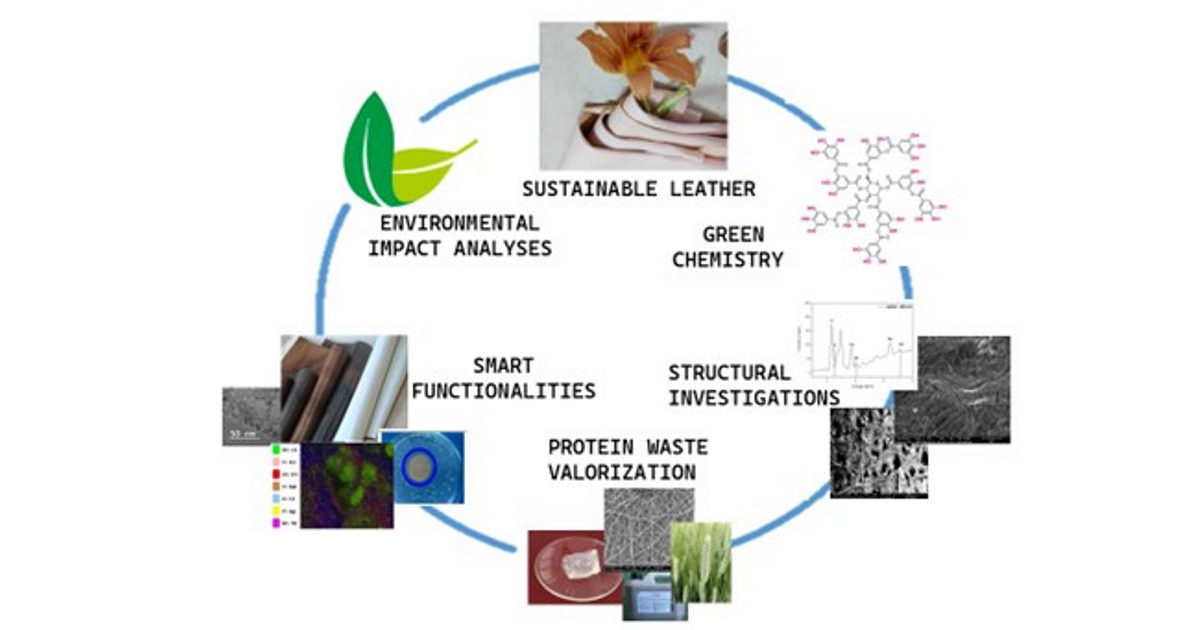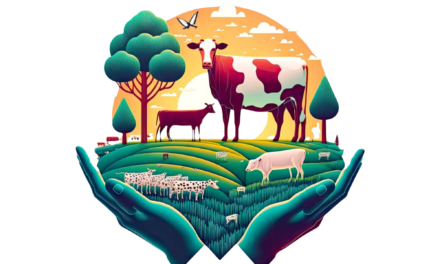Leather processing, while essential for producing various leather goods, raises significant environmental concerns due to the chemicals, water usage, and waste produced during different stages of the process. Below are the major environmental concerns associated with leather processing:
1. Water Pollution
- Tanning Effluents: The leather tanning process (particularly chrome tanning) generates toxic effluents containing chromium salts, sulfides, acids, and other harmful chemicals.
- Uncontrolled Discharge: When untreated or partially treated effluents are released into water bodies, they harm aquatic life, contaminate water sources, and pose risks to human health.
- High Biological Oxygen Demand (BOD) and Chemical Oxygen Demand (COD): Organic and chemical waste depletes oxygen levels in water, leading to eutrophication.
2. Chemical Usage
- Chromium Pollution: Chromium (III), used in chrome tanning, can oxidize into toxic hexavalent chromium (Cr VI), which is carcinogenic and harmful to ecosystems.
- Other Toxic Chemicals: Sulfides, formaldehyde, synthetic dyes, and oils used in tanning and finishing processes can accumulate in soil and water, causing long-term contamination.
3. Solid Waste Generation
- Leather processing generates large amounts of solid waste:
- Fleshings: Residual flesh and fat from the raw hide.
- Hair and Trimmings: Removed during the unhairing and trimming stages.
- Sludge: Waste generated during effluent treatment.
- Improper disposal of this solid waste leads to foul odors, soil contamination, and attracts vermin.
4. Air Pollution
- Volatile Organic Compounds (VOCs): Solvents, adhesives, and dyes release VOCs, contributing to air pollution and posing health risks to workers.
- Hydrogen Sulfide (H₂S): Released during the liming and dehairing process, H₂S has a strong odor and can be toxic in high concentrations.
- Ammonia Emissions: Used in neutralization and degreasing, ammonia contributes to air contamination.
5. High Water Consumption
- Leather processing is a water-intensive industry. Large volumes of water are consumed during soaking, liming, tanning, and finishing processes.
- Excessive water use depletes local freshwater resources, especially in water-scarce regions.
6. Energy Consumption and Carbon Footprint
- The use of electricity, heat, and machinery throughout the leather production process leads to significant energy consumption and greenhouse gas emissions.
- Improper energy management further exacerbates the carbon footprint of tanneries.
7. Soil Contamination
- Improper disposal of solid waste, such as chrome sludge, hair, and residual chemicals, can lead to heavy metal accumulation in soil, reducing its fertility and posing risks to agriculture.
8. Occupational Health Risks
- Workers in tanneries are often exposed to toxic chemicals, leading to health issues such as:
- Respiratory problems (from VOCs and H₂S).
- Skin conditions (dermatitis from direct chemical exposure).
- Chronic illnesses (e.g., cancer from chromium exposure).
9. Deforestation and Habitat Loss
- The demand for animal hides contributes indirectly to livestock farming, leading to deforestation for grazing land. This accelerates habitat loss and increases greenhouse gas emissions from cattle farming.
10. Improper Waste Management
- Many tanneries, particularly in developing countries, lack proper effluent treatment plants (ETPs). As a result, untreated waste ends up in rivers, landfills, or open spaces.







